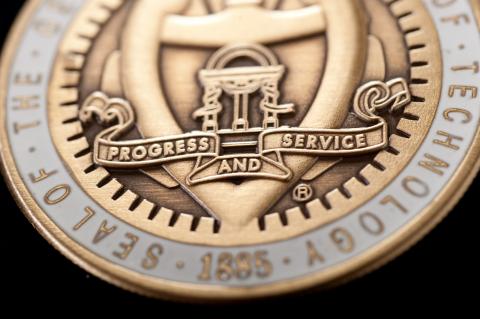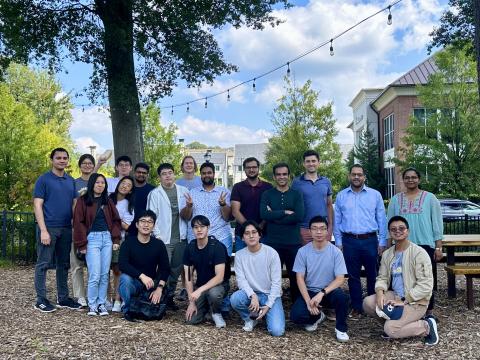Monolithic integrated circuits (ICs) have progressed at an unprecedented rate of innovation in the past 60 years. They have revolutionized every aspect of human life: communication, productivity, transportation, health, security, and manufacturing, for example. However, to meet the performance, power, and cost metrics of future electronic systems, polylithic integration has emerged as a critical enabler for the next phase of Moore’s Law. Polylithic integration enables the concatenation of heterogeneous ICs of various functionalities (digital, analog, photonic, and mm-wave) and materials in a manner that mimics monolithic-like densities, yet utilizes advanced off-chip ‘2.5D’ and ‘3D’ heterogeneous interconnects and packaging to provide flexibility in fabrication and design, improved scalability, improved performance and energy efficiency, reduced development time, and reduced cost. This new era of Moore’s Law is a game changer and will impact all applications, especially high-performance compute, machine learning, edge intelligence, autonomous vehicles, augmented/virtual reality, and healthcare.
Polylithic ICs will be enabled by radical 2.5D and 3D integration architectures that require co-design and co-invention of the thermal technologies, power delivery networks, and signaling (electrical and optical) networks to unleash the ultimate performance of silicon nanoelectronic systems. Our lab, explores the co-design, fabrication, and technology demonstration of such emerging 2.5D and 3D ICs and applies these advances to emerging new applications such as machine learning and healthcare.




